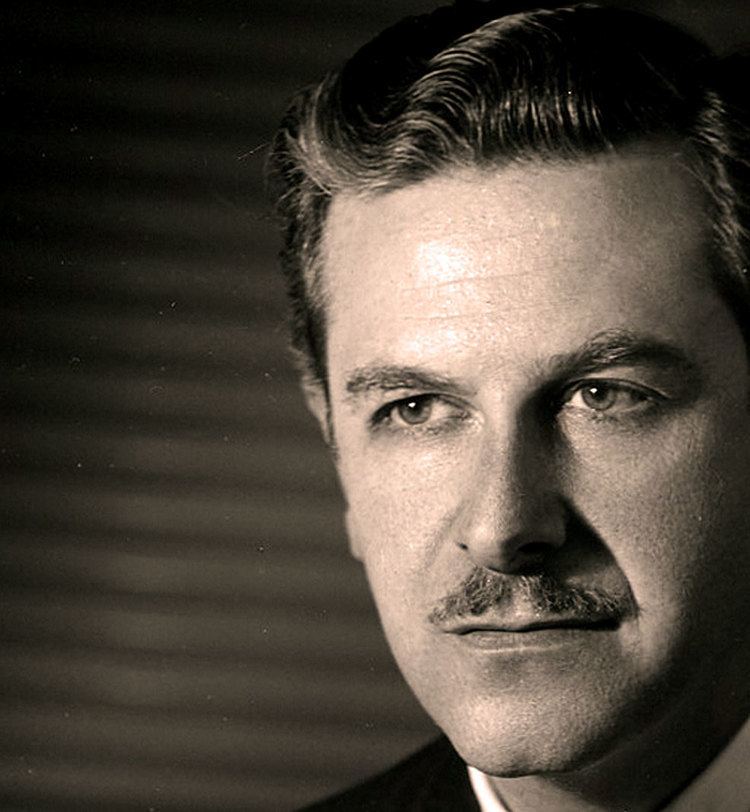Birth name Peter Mennini Occupation(s) Composer, teacher | Name Peter Mennin Role Composer | |
 | ||
Born May 17, 1923Erie, Pennsylvania, United States ( 1923-05-17 ) Died June 17, 1983, New York City, New York, United States Education Eastman School of Music (1947) Albums Moby Dick / Symphonies 3 & 7 Awards Guggenheim Fellowship for Creative Arts, US & Canada People also search for Gerard Schwarz, Paul Goodman, Howard H. Scott | ||
Patricio molina toccata by peter mennin
Peter Mennin (born Mennini) (May 17, 1923 in Erie, Pennsylvania – June 17, 1983 in New York City) was a prominent American composer, teacher and administrator. In 1958, he was named Director of the Peabody Conservatory in Baltimore, and in 1962 became President of the Juilliard School, a position he held until his death in 1983. Under his leadership, Juilliard moved from Claremont Avenue to its present location at Lincoln Center. Mennin is responsible for the addition of drama and dance departments at Juilliard. He also started the Master Class Program, and brought many artists to teach including Maria Callas, Pierre Fournier and others.
Contents
The musically gifted son of Italian immigrants who settled in Erie, Mennin started his first orchestral piece at eleven and completed his first symphony (out of nine he would eventually write) before his 19th birthday. He began his studies at the Oberlin Conservatory with Norman Lockwood when he was 16, but left in 1941 to join the U. S. Army Air Force. He continued his studies with Howard Hanson at the Eastman School of Music, where he received his BA and master's degree in 1945. His Third Symphony, finished the day he turned 23 and initially written for his PhD requirements at Eastman, immediately catapulted him to music prominence. The work was performed by the New York Philharmonic the following year, and it led Mennin’s appointment to the composition faculty of The Juilliard School. It was a runner up for the Pulitzer Prize in 1950. Dr. Mennin led the first artistic exchange with the Soviet Union in 1958, where he spent six weeks. He received two Guggenheim fellowships for Music composition, in 1949 and 1957.
Mennin wrote nine symphonies, several concertos, and numerous works for wind band, chorus, and other ensembles. His style became more chromatic and astringent with time, but was always essentially tonal, relying heavily on polyphony.
His work received renewed attention in the CD era, and now all his symphonies have been recorded.
Juilliard awards an annual Peter Mennin prize, for Outstanding Achievement and Leadership in Music.
His notable students include Van Cliburn, Jacob Druckman, Richard Danielpour, Karl Korte, Charles L. Bestor, Jack Behrens, and Claire Polin. See: List of music students by teacher: K to M#Peter Mennin.
